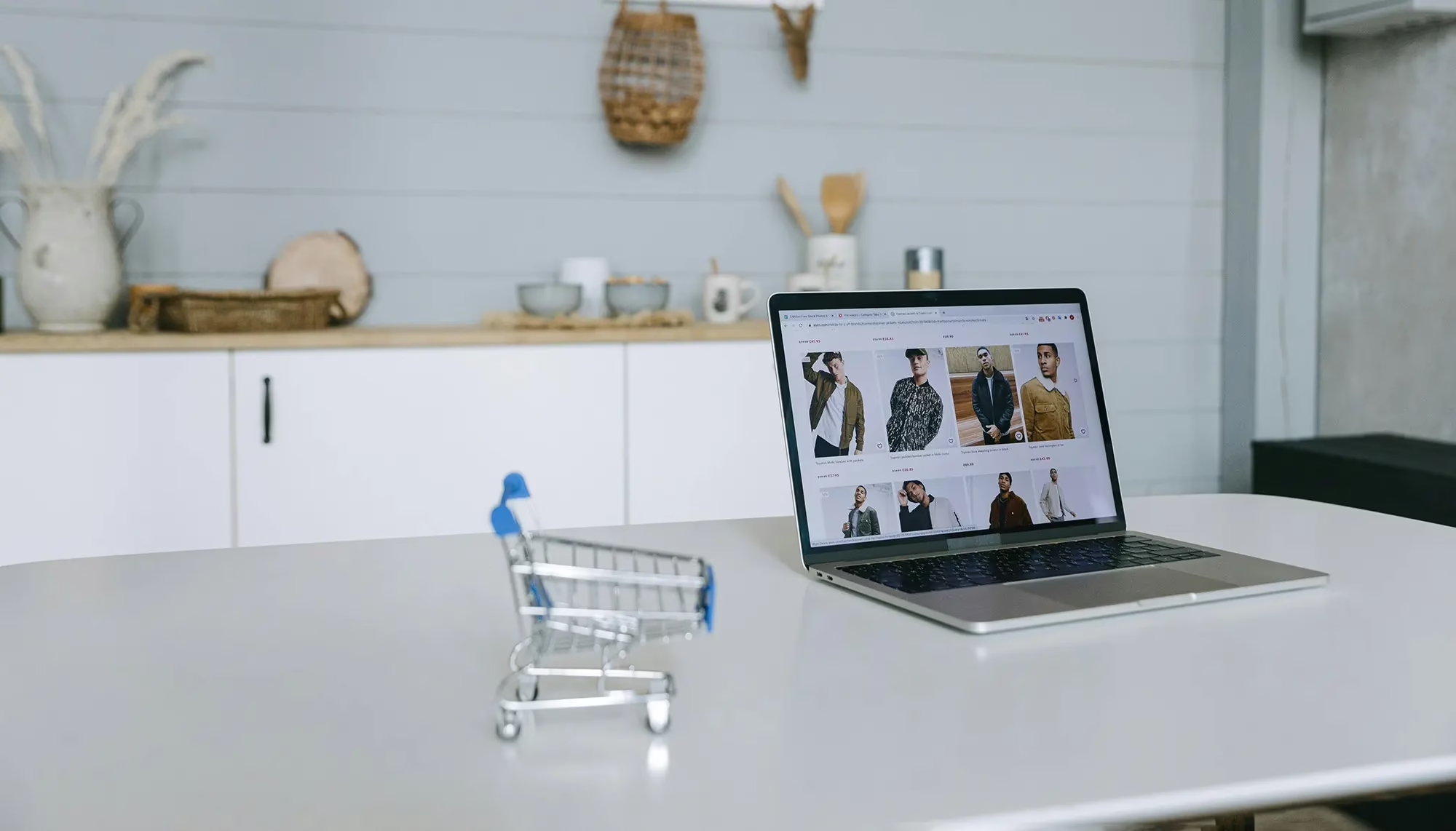In today’s digital landscape, delivering an exceptional user experience (UX) means going beyond visuals and usability—it requires inclusivity. Accessibility tools to improve UX are essential for designing interfaces that cater to users of all abilities. By integrating these tools into the development process, designers can ensure digital products are usable, equitable, and compliant. This not only enhances overall usability but also reflects a commitment to universal design, creating experiences that are both accessible and impactful for a diverse user base.
Importance of Accessibility in UX
Accessibility Tools to Improve UX play a vital role in inclusive design by enabling users with visual, auditory, motor, or cognitive challenges to engage with digital products. Prioritizing accessibility enhances usability, promotes equal access, and reflects a brand’s dedication to social responsibility, resulting in a more satisfying and effective user experience for all.
Screen Readers and Voice Assistants
Accessibility tools to improve UX, such as screen readers and voice assistants, play a vital role in creating inclusive experiences. Screen readers like JAWS, NVDA, and VoiceOver convert on-screen content into speech for visually impaired users. Meanwhile, voice assistants enable hands-free interaction, supporting users with mobility challenges and significantly enhancing overall usability and accessibility across digital platforms.
The Foundation of Inclusive Design
Accessibility tools to improve UX reinforce the idea that accessible design is fundamental to quality user experience—not a separate discipline. It ensures digital products are perceivable, operable, understandable, and robust for all users, including those with visual, auditory, motor, or cognitive impairments. This inclusive approach fosters truly user-centric design and equal access for everyone.
Essential Features of Accessibility Testing Tools
Accessibility tools to improve UX include testing solutions that assess how well your website or app supports users with disabilities by automating compliance checks and identifying usability barriers efficiently.
Common features include:
- Color contrast analyzers
- Keyboard navigation testing
- ARIA attribute verification
- Real-time accessibility audits
- WCAG compliance scoring
These features simplify and accelerate inclusive design workflows, helping teams identify and resolve accessibility issues efficiently while ensuring a more user-friendly experience for individuals of all abilities.
Wave
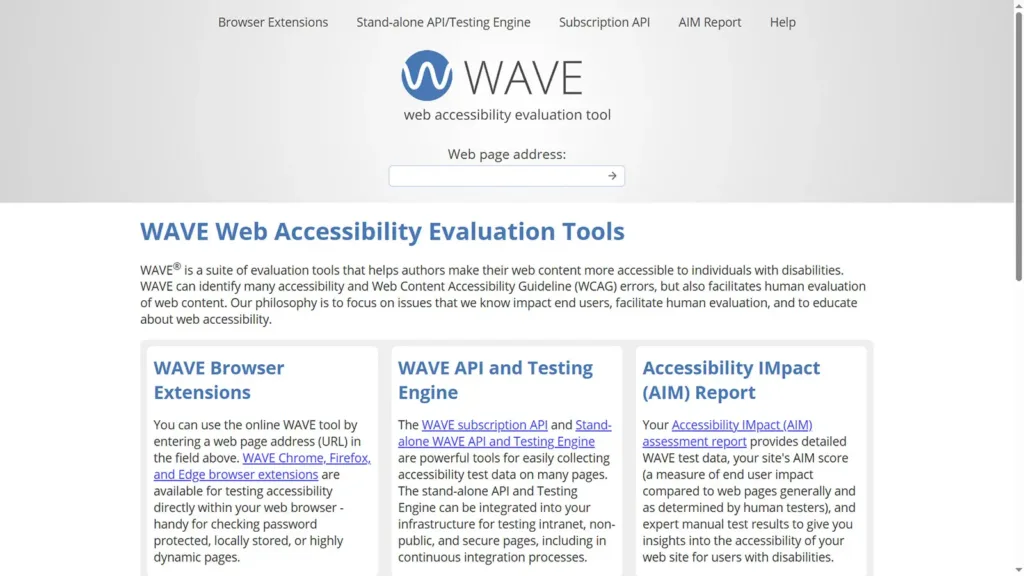
Wave is a comprehensive financial management platform tailored for small businesses and freelancers, offering a suite of free tools that simplify bookkeeping, invoicing, and accounting. With Wave, users can send professional-looking invoices, track payments, and record expenses effortlessly. It supports multiple currencies, helps manage tax-related transactions, and integrates with bank accounts and credit cards to automatically import and categorize transactions, eliminating much of the manual data entry burden.
Beyond invoicing and bookkeeping, Wave provides receipt scanning, cash flow insights, and customizable financial reports to support informed decision-making. For added convenience, users can access Web and mobile dashboards, giving them up‑to‑date views of their financial health. The platform’s paid add-ons—such as payroll services and credit card processing—are optional, allowing businesses to scale as needed while keeping core services free.
Deque
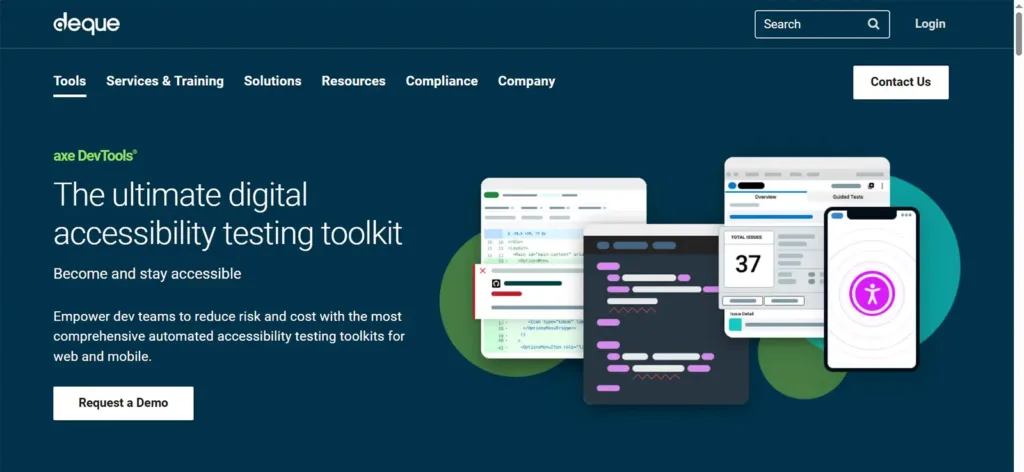
Deque is a leading digital accessibility platform that helps organizations build inclusive web and mobile experiences. Its suite of tools, including the popular axe accessibility engine, enables developers and designers to identify and fix accessibility issues early in the development process. By automating audits and providing actionable insights, Deque supports compliance with WCAG, ADA, and other accessibility standards.
The platform also offers training, consulting, and remediation services, making it a comprehensive solution for accessibility initiatives. Trusted by Fortune 500 companies, Deque empowers teams to create accessible digital products that improve usability for all users, including those with disabilities.
Lighthouse
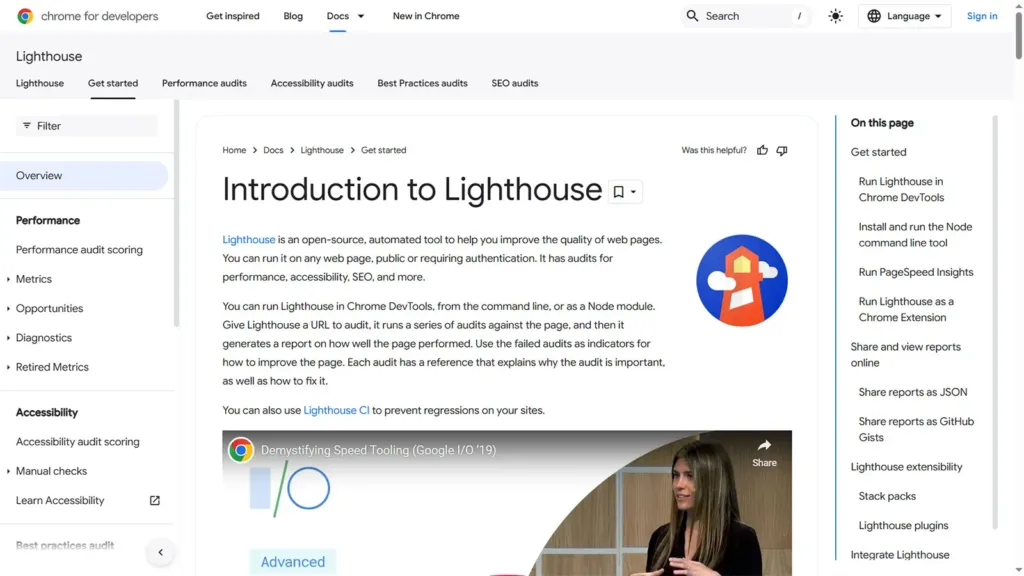
Lighthouse is an open-source tool developed by Google that helps developers audit and improve the quality of web pages. It evaluates performance, accessibility, SEO, best practices, and Progressive Web App (PWA) features. By generating detailed reports and scores, Lighthouse guides teams in optimizing user experiences and ensuring web standards compliance.
Available as a Chrome DevTools extension or a Node.js module, Lighthouse integrates easily into development workflows. It highlights specific issues and offers practical suggestions for improvement, making it a valuable asset for front-end developers and UX designers focused on delivering fast, accessible, and search-engine-friendly websites.
Level Access

Level Access is a trusted platform that helps organizations build and maintain digital accessibility. It provides tools, training, and support to ensure websites, apps, and digital products meet legal accessibility standards such as WCAG, ADA, and Section 508. The platform offers automated testing, manual audits, and expert guidance to help businesses deliver inclusive experiences for all users, including those with disabilities.
By partnering with Level Access, companies not only improve usability but also reduce legal risks and demonstrate a strong commitment to diversity and inclusion. Its scalable solutions make accessibility an integral part of digital development, ensuring long-term compliance and user satisfaction.
Accessibility Insights

Accessibility Insights is an open-source accessibility testing tool developed by Microsoft. It helps developers and testers identify and resolve accessibility issues in web, Windows, and Android applications. The tool offers two main modes—FastPass for quick checks and Assessment for comprehensive evaluations—making it easy to integrate accessibility into the development workflow.
With features like step-by-step guidance, issue tracking, and support for WCAG standards, Accessibility Insights empowers teams to create inclusive digital experiences. Its user-friendly interface and integration with development environments promote consistent accessibility practices, ensuring products are usable by individuals with disabilities from the earliest stages of design.
Pa11y
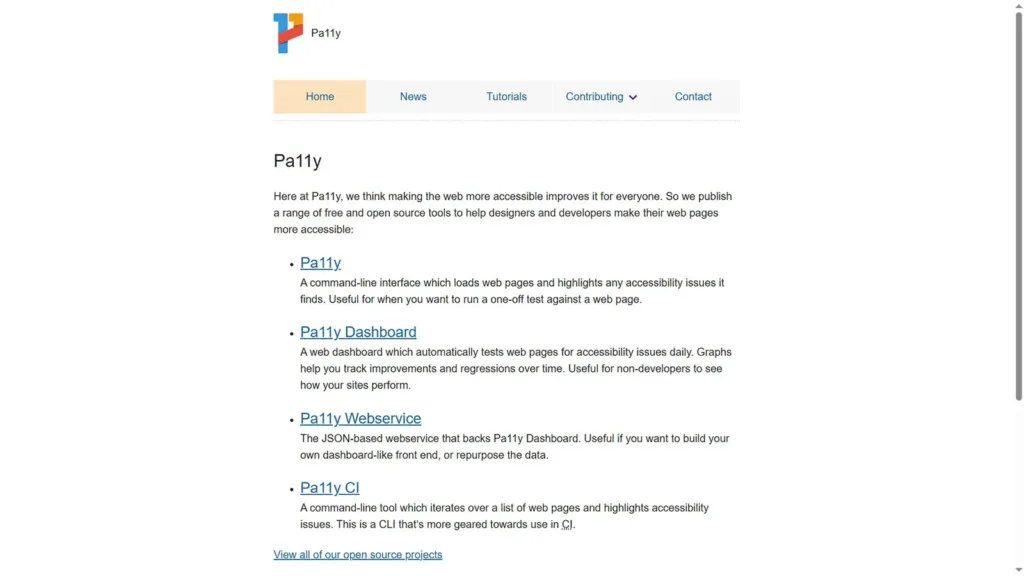
Pa11y is an open-source accessibility testing tool that helps developers identify and fix accessibility issues in web applications. It runs automated tests against web pages and highlights elements that fail to meet WCAG guidelines. With command-line support and integration with CI/CD pipelines, Pa11y enables teams to embed accessibility checks into their development processes seamlessly.
Its user-friendly dashboard, Pa11y Dashboard, offers visual reporting and tracking of accessibility over time, making it ideal for ongoing monitoring. Pa11y supports customization, allowing users to tailor tests to specific needs and workflows. This makes it a reliable, flexible solution for maintaining inclusive digital experiences.
Siteimprove
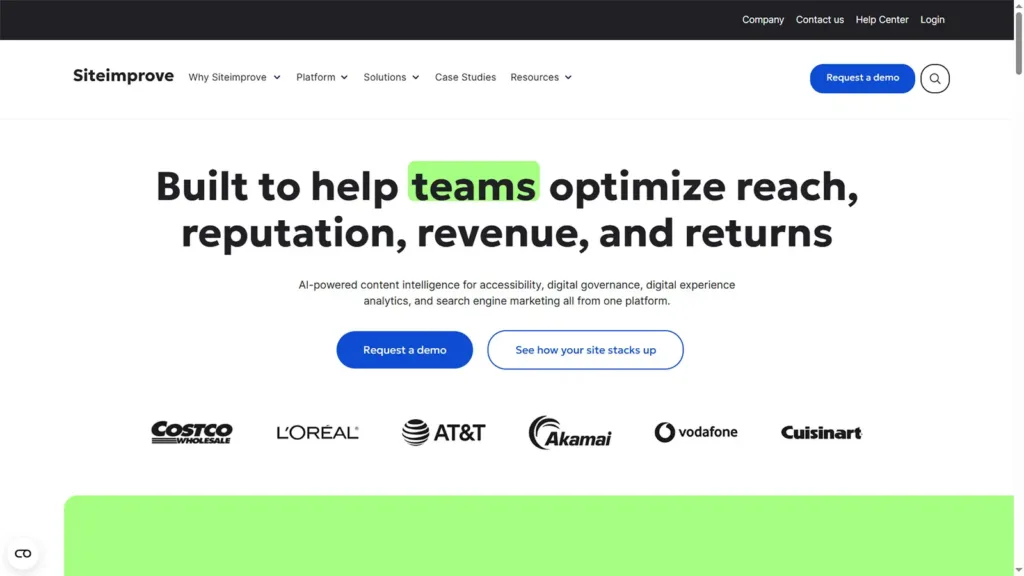
Siteimprove is a comprehensive digital optimization platform that includes powerful accessibility tools to help organizations ensure their websites are inclusive and compliant with standards like WCAG and ADA. It automatically scans web content, identifies accessibility issues, and provides clear guidance on how to fix them, making it easier for teams to build accessible digital experiences.
Beyond accessibility, Siteimprove also offers SEO, analytics, and content quality tools, giving teams a centralized solution for improving overall website performance. Its intuitive dashboard and actionable insights support continuous improvement, helping businesses reduce legal risk while enhancing usability for all users, including those with disabilities.
DynoMapper
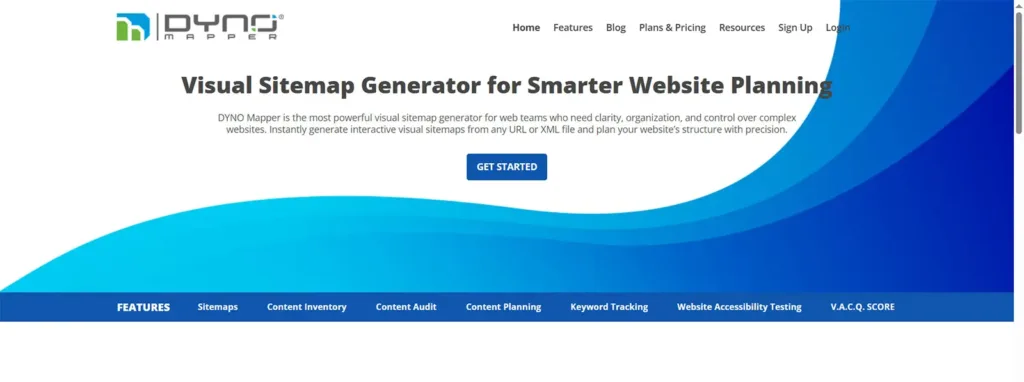
DynoMapper is a versatile website auditing and content planning tool that helps teams visualize and organize their website structure through interactive sitemaps. It offers automated crawling to map pages, generate XML sitemaps, and analyze metadata, helping users uncover broken links, duplicate content, and SEO issues.
In addition to mapping, DynoMapper includes accessibility testing features that check against WCAG guidelines, highlighting contrast issues, missing alt text, and form labeling errors. Its intuitive dashboard provides visual reports and task assignment to streamline collaboration between developers, designers, and content strategists. Overall, DynoMapper combines site architecture, accessibility, and performance insights to support inclusive, well-organized web experiences.
Color Oracle
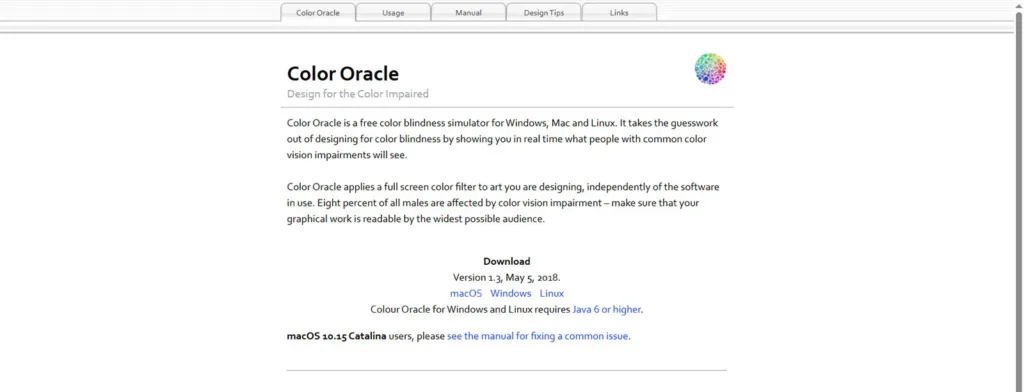
Color Oracle is a free color blindness simulator that shows what people with common color vision impairments will see. It works system-wide on Windows, Mac, and Linux, offering a quick and reliable way for designers and developers to ensure their visuals are accessible to all users. The tool simulates Deuteranopia, Protanopia, and Tritanopia, the three most common types of color blindness.
By providing an on-screen preview of how colors appear to color-blind individuals, Color Oracle helps prevent design errors that could impact readability or usability. Its simplicity and accuracy make it an essential resource for inclusive and user-friendly visual design.
WebAIM
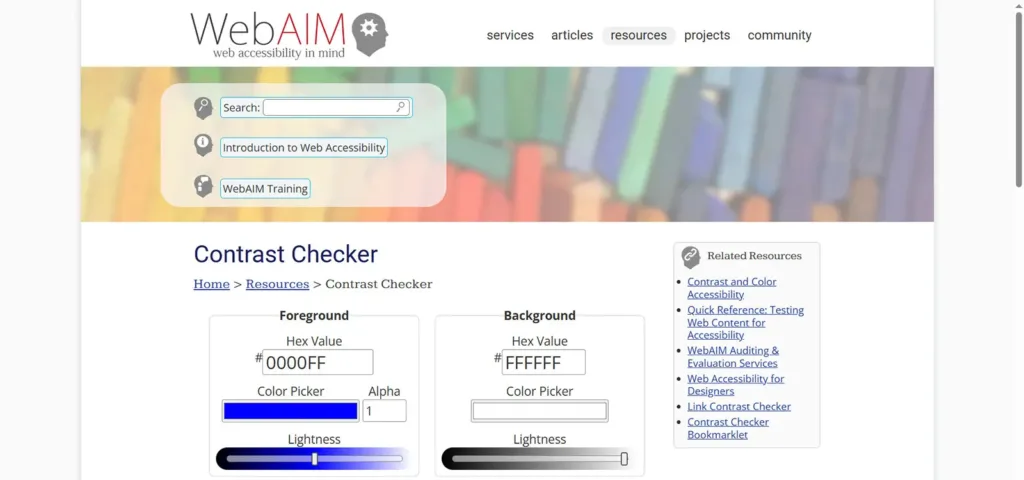
WebAIM (Web Accessibility In Mind) is a leading organization focused on empowering individuals and organizations to create accessible web content. It offers a wealth of resources, including guidelines, training, tools, and research to help developers, designers, and content creators understand and implement accessibility best practices. WebAIM’s mission centers on promoting equal access to digital information for people with disabilities.
One of WebAIM’s most popular tools is the WAVE accessibility evaluation tool, which helps identify and fix accessibility issues on web pages. Through its educational materials and community outreach, WebAIM plays a vital role in advancing the accessibility and inclusivity of the web.
Tanaguru Contrast Finder

Tanaguru Contrast-Finder is a helpful accessibility tool designed to assist web developers and designers in selecting color combinations that meet WCAG (Web Content Accessibility Guidelines) contrast requirements. By analyzing foreground and background color pairs, it identifies whether the contrast is sufficient for users with visual impairments and suggests compliant alternatives when necessary.
This tool supports both normal and large text compliance checks, ensuring readability across a range of user needs. Tanaguru Contrast-Finder is especially valuable for fine-tuning existing designs without compromising aesthetic appeal, making it a practical resource for creating accessible and user-friendly web interfaces.
Conclusion
In conclusion, accessibility tools to improve UX are essential to modern design—not just as enhancements, but as core components of inclusive digital experiences. Embracing these tools helps fulfill ethical and legal responsibilities while expanding audience reach, improving usability, and reinforcing brand trust. They drive innovation by encouraging thoughtful, human-centered design.
Building a more inclusive digital world starts with integrating accessibility from the ground up, ensuring that every user—regardless of ability—can engage meaningfully with your product or platform.
